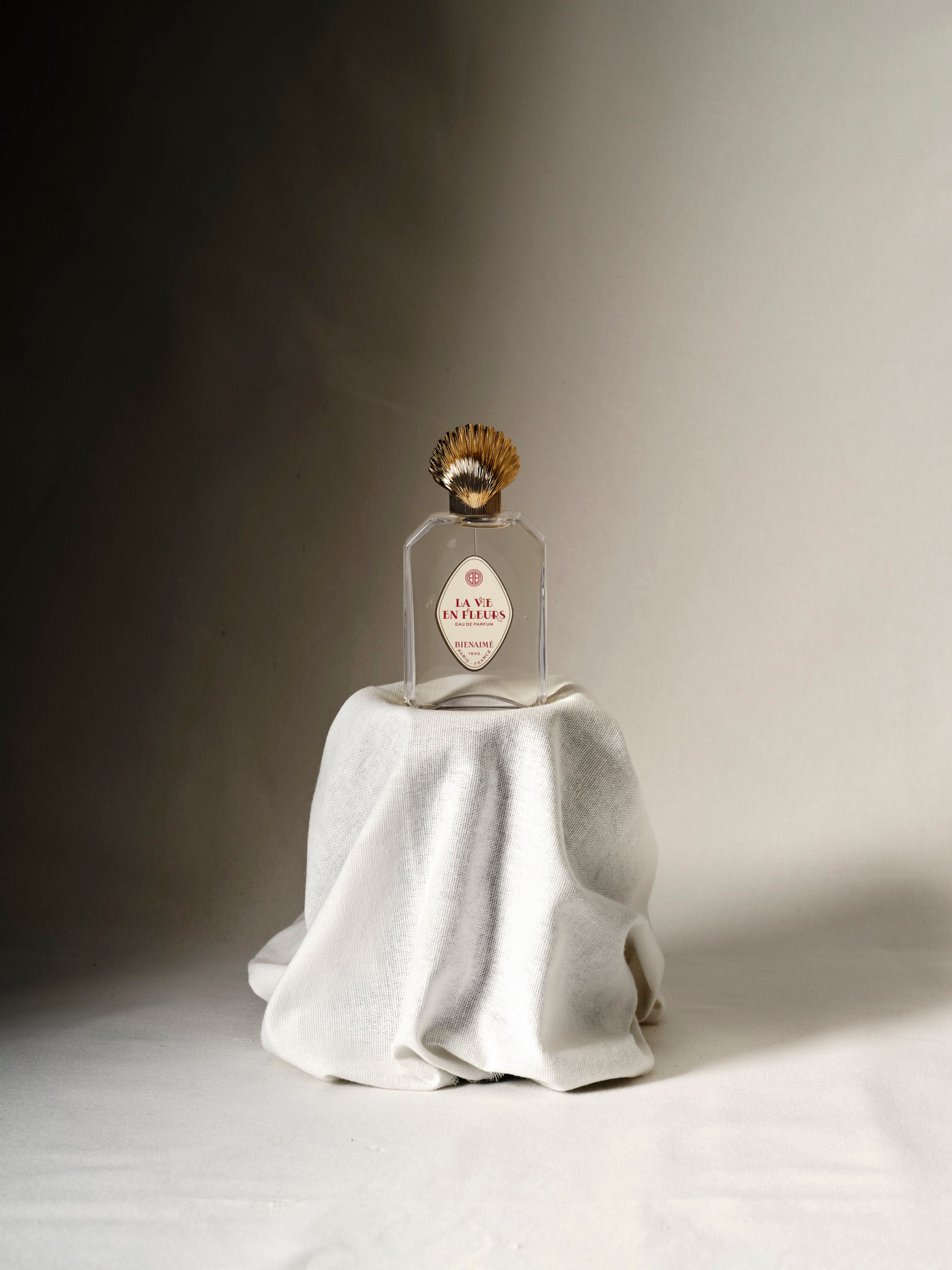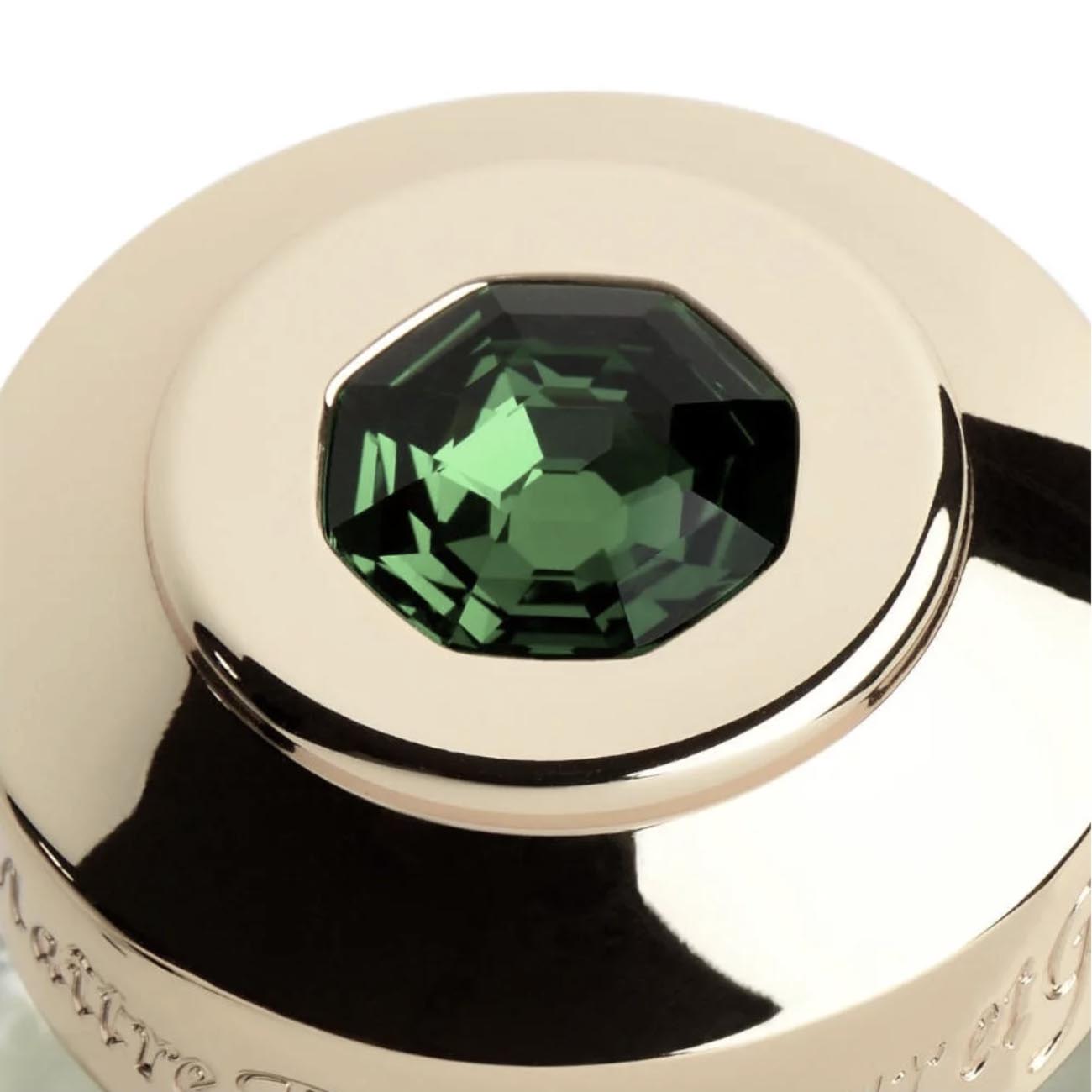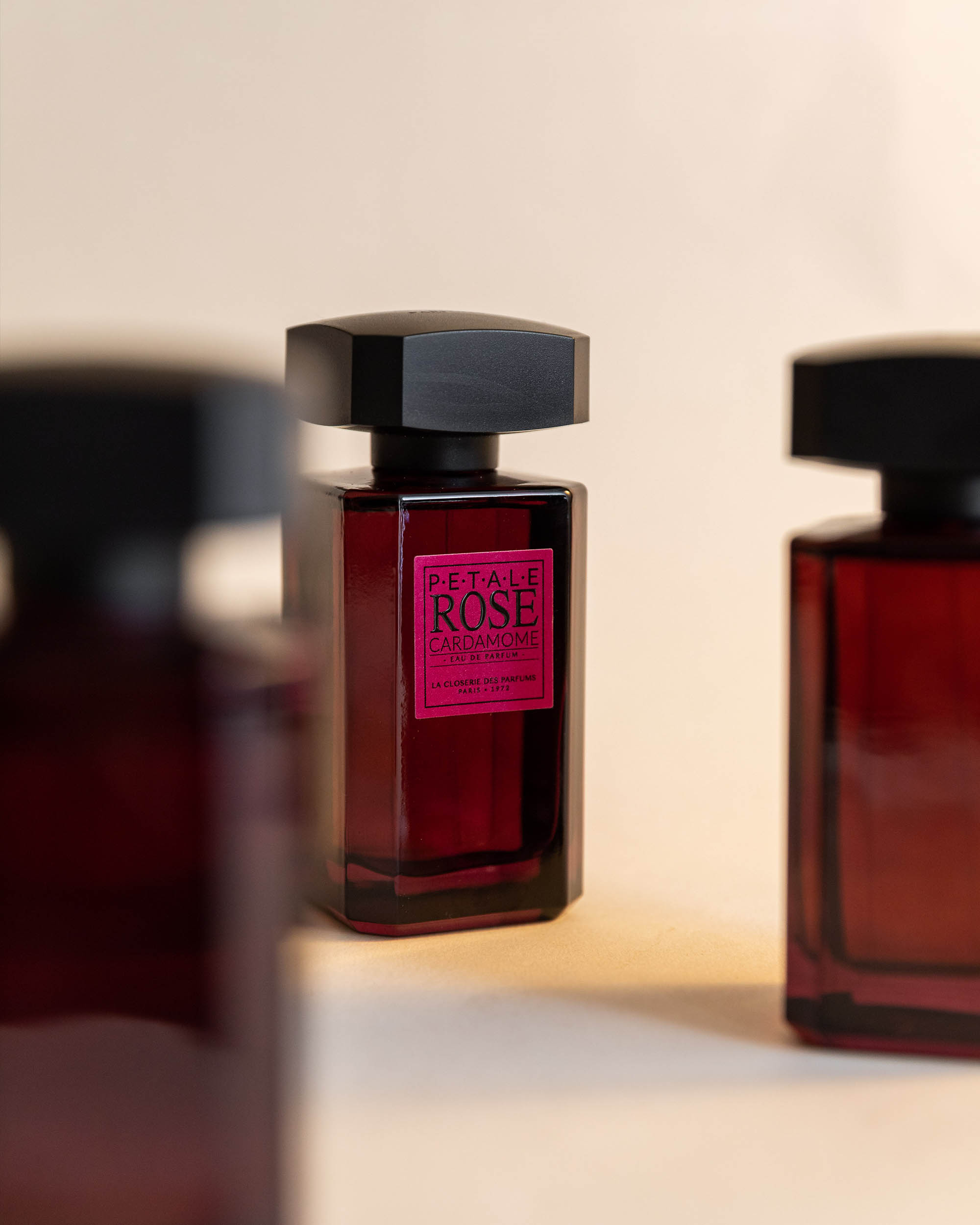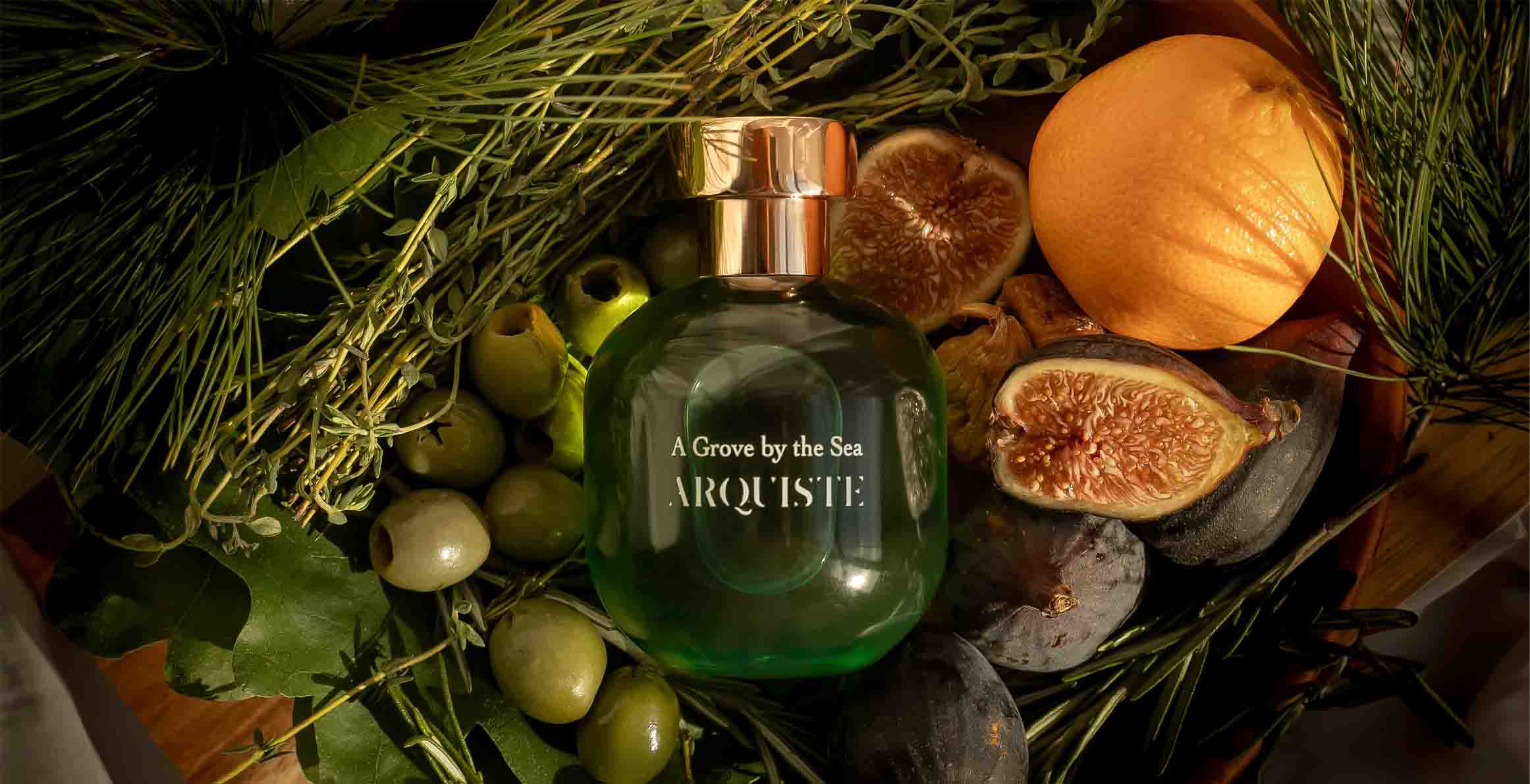What is a Chypre?
One of the most misunderstood pieces of perfumery jargon is the term ‘Chypre’. Let’s clear this up so we can all stop pretending like we know this means.
To truly understand what a ‘Chypre’ is, we have to travel back in time…
Perfumes weren’t always the complex, nuanced compositions that we know today. In fact, many were based around single ingredients or simple combinations that consisted of just a few components.
However in 1917 Francois Coty, the renowned founder of the Coty brand, launched a fragrance that used a structure of ingredients that had hitherto never been seen before.

It opened with citrusy Bergamot, blossomed into delicate combination of Jasmine and Rose, and settled on a warm, earthy bed of Oakmoss, Patchouli (a shrub from the same plant family as Mint) and Labdanum, a rich resin taken from the Cistus plant.
He called it Chypre de Coty (‘Coty’s Cyprus', translated) and it was a revolution.
Its unprecedented popularity gave way to a huge number of fragrance launches that all used his same structure. Everyone from Chanel to Guerlain joined in with the hype until the collective of scents was so vast that it became known as it’s own Fragrance Family.
The ‘Chypre’ fragrance family is characterised by a citrus top, floral heart and earthy, resinous base.
The purists of the fragrance world would say that in order to be classified as a true Chypre it has to contain Coty’s original three base notes; Oakmoss, Patchouli and Labdanum.
However, there are no rules surrounding the classification of perfumery and many create fragrances that honour his three part structure (citrus, floral and resinous base) but use different ingredients to achieve the same effect.
Explore some of our ‘Chypre’ fragrances;
- ‘Golden Chypre’ by Grossmith
- ‘Hasu No Hana’ by Grossmith
- ‘Cuir de Russie’ by Le Jardin Retrouvé
- ‘Sandalwood Sacré’ by Le Jardin Retrouvé
- ‘Aleksandr’ by Arquiste
To truly understand what a ‘Chypre’ is, we have to travel back in time…
Perfumes weren’t always the complex, nuanced compositions that we know today. In fact, many were based around single ingredients or simple combinations that consisted of just a few components.
However in 1917 Francois Coty, the renowned founder of the Coty brand, launched a fragrance that used a structure of ingredients that had hitherto never been seen before.

It opened with citrusy Bergamot, blossomed into delicate combination of Jasmine and Rose, and settled on a warm, earthy bed of Oakmoss, Patchouli (a shrub from the same plant family as Mint) and Labdanum, a rich resin taken from the Cistus plant.
He called it Chypre de Coty (‘Coty’s Cyprus', translated) and it was a revolution.
Its unprecedented popularity gave way to a huge number of fragrance launches that all used his same structure. Everyone from Chanel to Guerlain joined in with the hype until the collective of scents was so vast that it became known as it’s own Fragrance Family.
The ‘Chypre’ fragrance family is characterised by a citrus top, floral heart and earthy, resinous base.
The purists of the fragrance world would say that in order to be classified as a true Chypre it has to contain Coty’s original three base notes; Oakmoss, Patchouli and Labdanum.
However, there are no rules surrounding the classification of perfumery and many create fragrances that honour his three part structure (citrus, floral and resinous base) but use different ingredients to achieve the same effect.
Explore some of our ‘Chypre’ fragrances;
- ‘Golden Chypre’ by Grossmith
- ‘Hasu No Hana’ by Grossmith
- ‘Cuir de Russie’ by Le Jardin Retrouvé
- ‘Sandalwood Sacré’ by Le Jardin Retrouvé
- ‘Aleksandr’ by Arquiste









Leave a comment